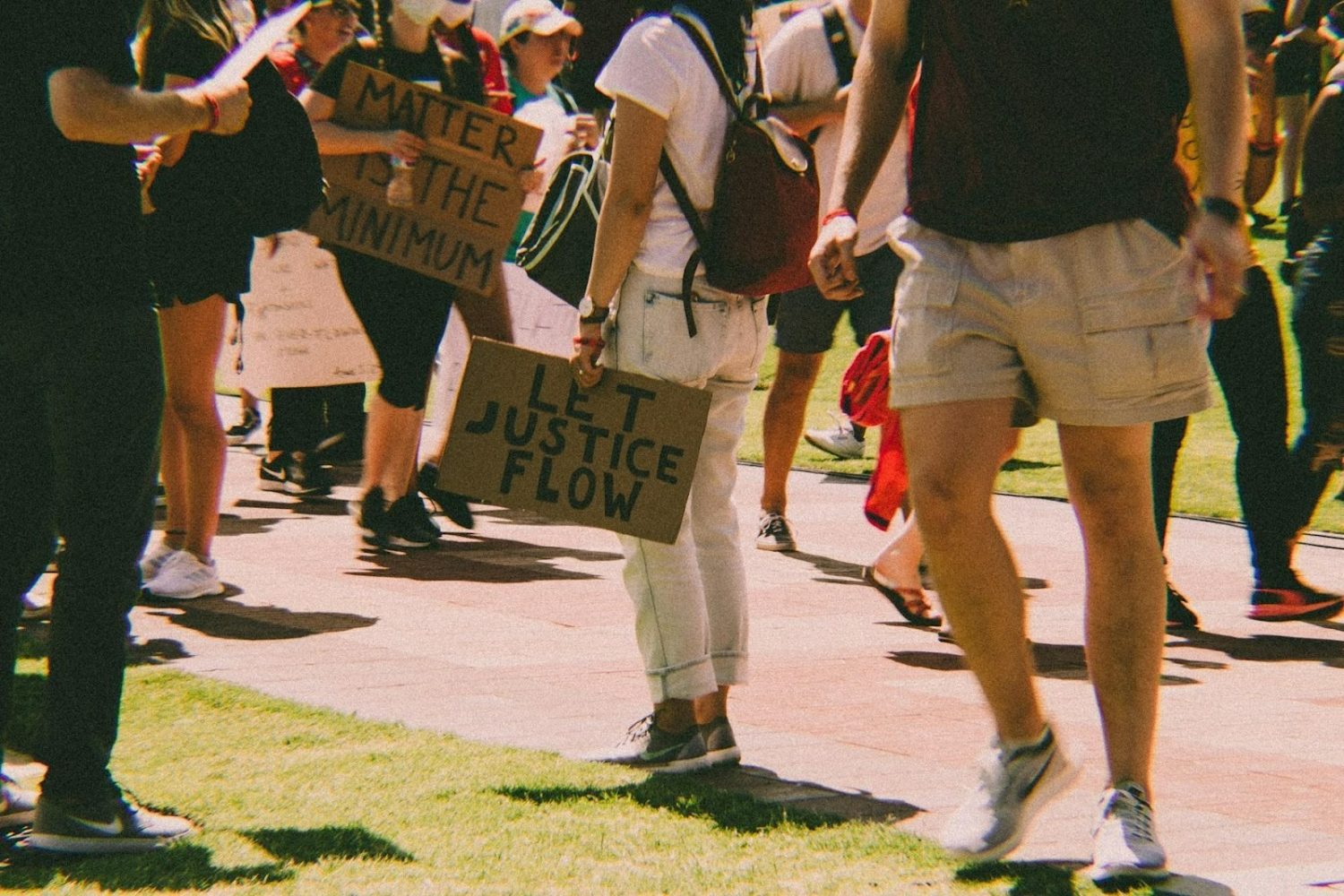In the late 1960s, East Los Angeles was a place where thousands of Chicano students sat in overcrowded classrooms, used outdated textbooks, and were often steered away from college by counselors who saw little potential in them. Change was long overdue—and one teacher, Sal Castro, helped ignite a movement that would forever transform the way public education served Latino youth in California.
While students today might have the option to write essay quickly using essayservice.com, educational support was once much harder to come by, especially for marginalized communities. Instead, those students turned to activism, leading to a historic series of walkouts, or “blowouts,” in 1968 that made Sal Castro a local hero and a famous figure in California history.
A Teacher Who Believed in His Students
Sal Castro was a social studies teacher at Lincoln High School in East Los Angeles. Unlike many educators of his time, he believed deeply in the potential of his Chicano students. He didn’t just teach history; he helped them understand how they could shape it.
Castro encouraged critical thinking, cultural pride, and civic engagement. He organized after-school clubs that gave students a platform to discuss inequality and helped them identify their schools’ systemic failures. Most importantly, he listened to their frustrations and empowered them to take action.
The 1968 Walkouts: A Turning Point
On March 6, 1968, thousands of students from five East LA high schools—Lincoln, Wilson, Roosevelt, Garfield, and Belmont—walked out of class. Their demands were clear:
- Access to bilingual education
- More Chicano teachers and administrators
- A relevant curriculum that reflected their history
- Better facilities and resources
- An end to corporal punishment
The walkouts were organized, strategic, and overwhelmingly peaceful. Castro played a critical behind-the-scenes role, mentoring student leaders and helping them frame their protest around specific, achievable goals. The scale of the protests stunned the Los Angeles Unified School District and gained national media attention.
The Backlash and the Enduring Impact
Following the walkouts, Sal Castro and 12 student activists were arrested and accused of “conspiracy to disrupt public schools.” Though the charges were eventually dropped after public outcry, Castro was briefly removed from the classroom. His students and community rallied behind him, protesting until he was reinstated.
This moment further cemented his legacy as a famous person in California history, not just for helping spark the walkouts but for standing firm in the face of institutional backlash. Castro continued teaching and advocating for educational justice for decades afterward, helping launch programs like the Chicano Youth Leadership Conference to empower future generations.
A Lasting Legacy in Education and Advocacy
Castro’s influence went far beyond one protest or one school district. His activism helped usher in broader reforms in California education, including:
- Greater representation of Latino educators and history in curricula
- Improved college prep pathways for minority students
- New models for culturally responsive teaching
For many educators and scholars, Castro’s work laid the groundwork for future discussions on equity in public education. Today, even graduate students exploring activism and educational reform through a dissertation writing service frequently cite Castro’s contributions as foundational to the Chicano civil rights movement.
He remains a famous person in California history not just for what he did in 1968 but also for the ripple effect that followed—changing laws, influencing policies, and inspiring a generation.
Why His Story Still Matters Today
Many of the issues Castro fought against in today’s educational landscape still persist. Funding disparities, lack of diverse teaching staff, and curriculum gaps remain common in underserved communities. But thanks to Sal Castro’s courage and commitment, students and teachers have a model for how grassroots action can challenge even the most entrenched systems.
His legacy is also a reminder that being a famous person in California history isn’t reserved for politicians or celebrities. Sometimes, a public school teacher chooses to stand with his students and amplify their voices.
Sal Castro believed education wasn’t just about facts. It was about dignity, opportunity, and representation. His role in the 1968 student walkouts helped reshape California’s education approach and proved the power of youth activism.
He didn’t just teach history. He made it.
–
Sponsorship Disclaimer:
This article contains sponsored content in partnership with EssayService.com. Respect My Region does not provide or promote academic cheating or plagiarism in any form. EssayService.com is referenced solely as an online writing and editing platform for educational and informational purposes. Readers are encouraged to use all academic tools responsibly, in accordance with their institution’s academic integrity policies.







